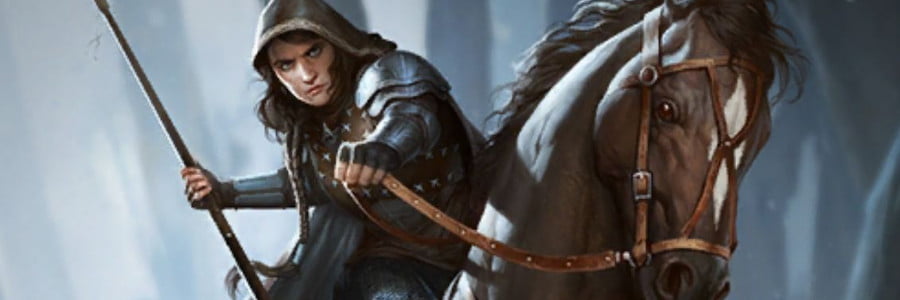Alright, so yeah, I may have talked about how terrible a bunch of the 3.5 D&D classes were, but that’s a little bit unfair, right? Rubbishing on bad design in a system I don’t play, that’s ammunition in the edition wars, what about the bad classes in 4th edition?

I have thought about that, about writing that, but part of the problem is that ‘the bad classes’ needs some asterisks and caveats. Because there are a lot of classes in 4e D&D, but not nearly as many as there were in 3rd edition, and what’s more, a lot of the ones in 4e… weren’t… different classes to one another.
Let me explain.
It’s one thing to drag 3.5’s worst classes through the muck for being rubbish. Classes in 3.5 were a lot more atomised and often relied on interconnected subsystems. You could say a character ‘cast spells as a cleric’ and there was an entire class’ worth of support sitting on the side for you to just plug in. Honestly, it was one of the better things about designing classes for the game, you could just reference specific components that were referenced in another book and that it made life annoying for players wasn’t that important in-play. People who knew what Sneak Attack was didn’t need to look it up, and the fact it was mildly different in version to version didn’t matter for play experience.
What about 4th edition though? It’s not like it was perfect. It’s a system I love, it’s my D&D of choice, and its simplicity is not evident when you approach it unguided. If you make a character it’s a few easy choices (‘do you want this or this?’) but if nothing else there isn’t a easy way to browse a character in the player’s handbook. If you want to, you have to leaf through thirty levels of possible powers from class to class. It just makes it easier to look at your options like Barbarian, Bard, Cleric, Druid, flip flip flip, than having to flip all the way through Barbarian flip flip flip flip flip Bard.
4th Edition D&D classes are harder to make, are made up of more unique, distinct pieces, and also they just tend to have a more even floor. There are definitely classes that are stronger, and definitely classes that are weaker, but the weakest choices you make at every level in the worst class will still be probably fine for dealing with most content you encounter. You will hit certain expected plateaus of power a bit later; for example, around mid to late paragon it’s assumed you can keep a powerful solo enemy dazed all the time, and by epic, you probably should have some kind of reliable stun, but that’s also something that the party should be able to do in aggregate.
The reason these floors get to be higher is because the unified class design just make most level ranges include some abilities. All rangers have the same baseline abilities so even if you picked powers that didn’t work well with one another, you’d still be able to use them with the abilities of a ranger at base.
This did come with caveats, though. The size of classes meant that there was a problem presented when two similar class fantasies have to try and fit in the same class that has a single defined mechanical role. If your vision of a ranger is a person with their animal companion, or an archer capable of perfect shots across great distances to knock weapons out of people’s hands, then you weren’t served at all by the fantasy of the rapid-attacking, highly-mobile ranger fantasy.
What do, then?
Well, the solution 4e tried for was class variants.
Introduced in Essentials, the late-life set of expansions, there were a number of class choices that used the basic template of another class, and therefore, access to that class’ feats and, if you were playing with advanced rules, their powers. If you liked the Paladin, but you preferred the more aggressive, angry aesthetics of the Blackguard from 3rd edition, then Essentials gave you that variant. Similarly, if you wanted to play that super-sniper ranger who controlled a battlefield, there was the Hunter. Controlling shape-shifting druids not your thing? There’s a healer druid with an animal companion.
I’m torn on these. I hear arguments about how they’re bad, but I find them an intriguing option as a designer and also as a player. The problem tends to be that they’re so close to an existing class that they increase load of information for new players, and their simplified design means that new players might feel frustrated with their simplicity.
I don’t know, it’s been decades since I started playing D&D. I have no idea how new characters feel to new players. Arguments about what they do or don’t like don’t make sense to me, like, it feels like recruiting someone I don’t know for a conversation that they don’t know about.
What they do that I like is open the door for connecting that same utility of 3.5, with systems like turning undead, sneak attack, and specific spell lists, to the more robust balance space of 4th edition. The challenge is making it so those systems are intuitively understood and clearly communicated. Cavaliers and Blackguards should, generally, work a lot a like – one adding damage, one adding marks.